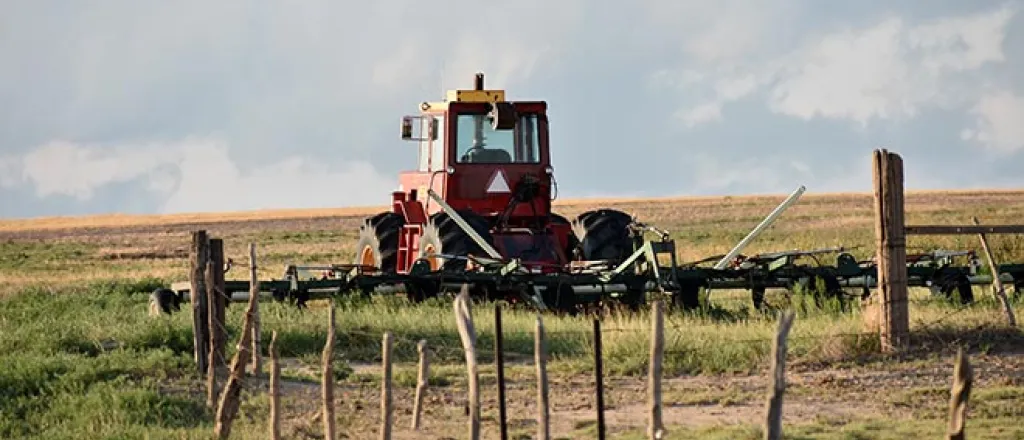
Ag officials: Drastic drop in U.S. farms over 4 decades causing pain in rural areas
(The Center Square) – According to the United States Department of Agriculture, a lack of farms throughout the country impacts families in more ways than one.
U.S. Agriculture Secretary Tom Vilsack, U.S. Rep. Robin Kelly, D-Illinois, and others discussed the state of farming in Illinois and elsewhere Monday in Kankakee. Vilsack told an agricultural panel that the country is losing farms in large quantities.
"I was surprised to learn that we've lost 438,000 farms since 1981," Vilsack said. "Just to give you a sense of how many farms that is, it is every farm in Iowa today, Minnesota, Wisconsin, Illinois, South Dakota, Nebraska and Colorado."
Over that same period, 141.1 million acres of former farmland are no longer being farmed today across the country.
Illinois is the top soybean producer in the country, with 15 percent of all U.S. soybeans being produced in Illinois. Vilsack said the lack of farms is impacting different areas.
"That's a lot of land," Vilsack said. "Are we OK with that?"
"It has an impact on communities because when you lose that many farms, you don't just lose those farms, you also lose the small businesses that depend on those farms," Vilsack said. "Which is why many small towns in this country today in rural places have empty storefronts."
According to Vilsack, the way to address the problems in farming is by creating more revenue streams for farmers, especially small and mid-sized farmers.
"The key here is for these farming operations in particular to have additional revenue streams that come in at the same time they're selling a crop, or selling livestock, or getting a government payment," Vilsack said.
Numbers from the Illinois Farm Bureau show that Illinois is the second top corn-producing state in the country, with 13 percent of our country's supply of corn being grown on Illinois farms. That farmland makes up 76 percent of Illinois land.















